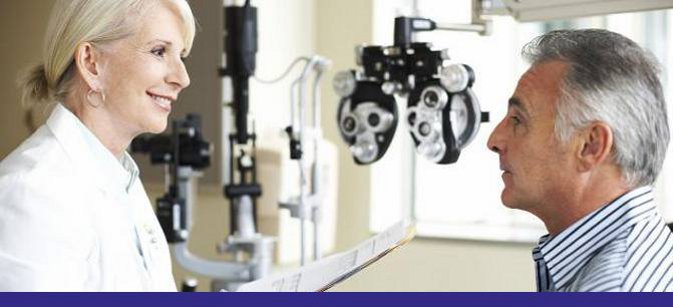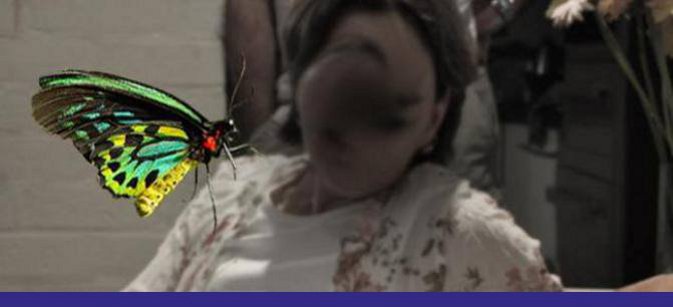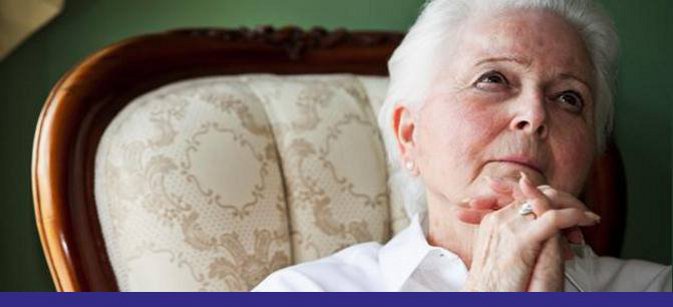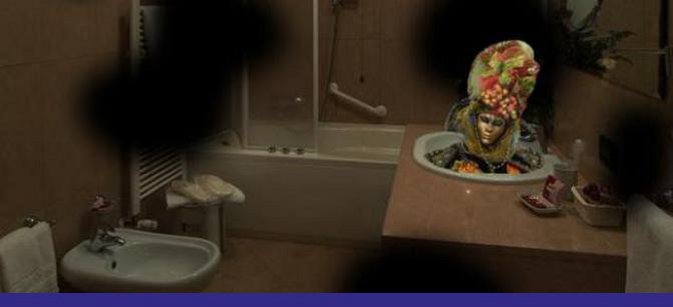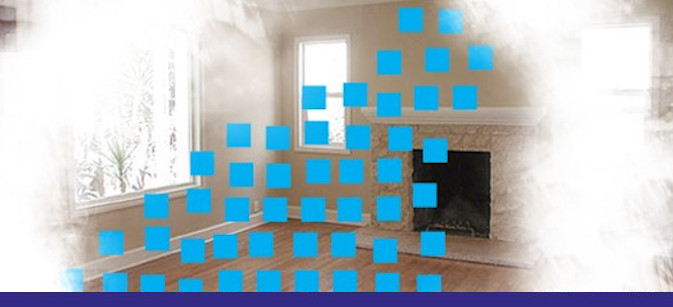An Australian study, published in the journal American Academy of Ophthalmology, has found that one in three persons living with advanced retinitis pigmentosa (RP) had symptoms consistent with CBS (O’Hare et al, 2015).
This is the first known study specifically exploring CBS in relation to the RP condition and is a welcome addition to the overall CBS picture. The found prevalence rate of 37.5% is appreciably higher than most previous CBS studies. Even accounting for the fact that this study focused on RP at its advanced stage, the findings remain telling. Often erroneously labelled as a rare condition, perhaps the true prevalence rate of CBS is just starting to come to light. Consider too, that just two years ago, a large UK study found a CBS prevalence rate of 39% (Cox and ffytche, 2014).
Both these studies also found that roughly a third of all those living with CBS experienced distress or anxiety due to their symptoms, which counters the widely held belief that the syndrome is benign. With such prominent figures now emerging, it begs the question: how much longer can clinical disciplines continue to turn a blind eye to CBS?
REFERENCES
O’Hare et al (2015). Charles Bonnet Syndrome in Advanced Retinitis Pigmentosa. American Academy of Ophthalmology; 122(9):1951-1953.
Cox and ffytche (2014). Negative Outcome Charles Bonnet Syndrome. British Journal of Ophthalmology; 98(9):1236-1239.


